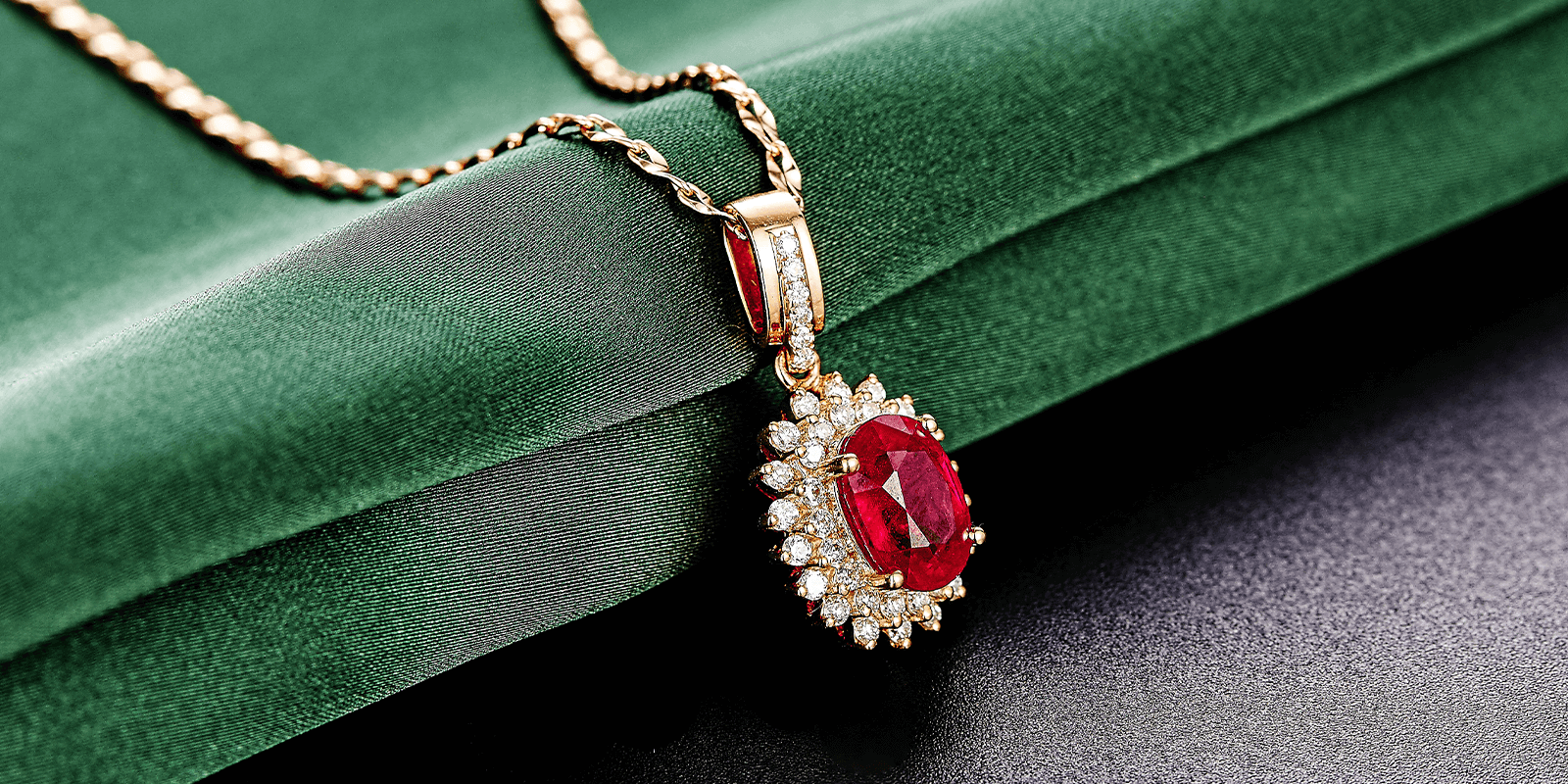What is direct patronage?
Perhaps you’ve heard the term “direct patronage.” I refer to it because I believe it is the future for artists. Patronage, as described by Wikipedia, is:
Patronage is the support, encouragement, privilege, or financial aid that an organization or individual bestows to another.
You can trace the roots of patronage through centuries to the House of Medici family and other controlling institutions that realized the importance and power of art. They financed artists for projects we still revere.
This quote comes from an Artspace.com article titled “Is the Traditional Art Gallery Dead? 21 Industry Insiders Tell Us What (They Hope) Comes Next.” In particular, it helps to shed light on the modern usage of “patronage.”

“Direct patronage. Passionate, supportive collectors buying many works of individual artists over time based on a genuine interest in their thinking and development. This can happen via a gallery relationship, or directly, it doesn’t matter. But I think collectors taking personal responsibility for the livelihood of a small group of artists will yield the most important collections of the future.” – Forest Nash Founder, Contemporary Art Daily
Many of the insiders in the ArtSpace.com article are gallerists who voice concerns about their future and that of galleries. Their caution supports a warning I’ve sounded for years. Like it or not, there aren’t enough galleries to go around. In the best of times, there were too few. The remaining galleries have less influence. They are under economic siege due to rising rent in the prime art districts, changing times, and other conditions.
How do you get your work to market?
That’s the question I’ve been asking artists and helping them answer since 1988. In nearly 30 years, I’ve seen lots of changes. Based on what I’ve seen and done, direct patronage is the future for artists.
How do you sell your art? Who buys it?
- Individuals
- Galleries / Dealers
- Online
- Institutions / Corporations
- Fairs / Shows / Auctions
While the list is arbitrary, it represents the bulk distribution of fine art. With all due respect to Forrest Nash and gallery owners everywhere, I think the primary source of new artist sales must come from direct sales to collectors who know the artist.

To be clear and realistic, I don’t think the artists to whom Nash refers are typical of those who have trouble selling their work without the extra pressure of promoting it to “major collectors.” But his idea about direct patronage works for all artists, regardless of their success or talent. The tools and strategies to build an art business primarily based on direct patronage are equally available.
The times and consumer sentiment are ripe for artists to make direct connections and sales.
Artists need to build bridges to patrons who will buy multiple pieces over time from them directly—changing consumer buying habits, technology, and social media open this option for artists.
I’m not advocating artists abandon galleries.
As I see it, they will always play a part in defining trends and distributing art. However, I don’t think artists can make a living selling through galleries today. Instead, galleries are in decline and under pressure. I don’t see how artists can take charge of their futures if they only sell through galleries.
If you have great relationships with galleries, keep them. If you can get into galleries that can move your inventory, do it. Just know they aren’t going to fund your 401(k), and you have no control over how they market your work. The suitable galleries can provide an excellent experience—but it’s best to monitor them too.
So far, selling online is spotty.
Look at the sales results on Saatchi Gallery, which is considered one of the top online sites for art. The average prices are in the hundreds. Artists have a hard time imagining a long-term, profitable career when they sell originals or prints for hundreds of dollars. And selling art online is not a panacea. Instead, it takes time and effort to generate sales.

Smaller-price online sales open doors to connecting with buyers with the opportunity to engage them. And marketing to sell art online is an effective strategy to create relationships that lead to direct patronage. That might be the best use of the channel for now while staying aware of inevitable developments—good and evil.
Things might change in the future, but it’s a bet that doesn’t solve current needs.
Every year, more and more luxury goods are sold online. Costco.com is a leading seller of diamonds. But selling high-priced originals online is a future trend. It doesn’t change what’s happening now. What is more worrisome about online sales is that they are as tenuous as selling through galleries. So when you don’t own the distribution method, you are at risk.
There are ways to tap the affluent market. But I don’t believe selling expensive originals to the luxury market online is a realistic or viable plan for most artists, although outliers will prove me wrong. Good for them. Please avoid comparing your business to theirs and feeling inferior. It’s more pleasant to live your happy artist life in your lane, not theirs.
Galleries will close or drop you. It’s going to happen.
Online sites can fail, get hacked, or cause other problems out of your control. Social media is fickle and getting more crowded and expensive. And, in every case, you’re still mainly selling lower-priced art. For those reasons, direct patronage is the best long-term strategy for a sustainable, profitable career.
Six things artists need to create an effective direct patronage program
- Create your ideal prospect persona
- Research to identify where your ideal persona exists online and offline
- Produce buzz about you and your art
- Start an outreach program to contact and influence your ideal buyer prospects.
- Develop a routine system to add targeted new subscribers to your list
- Generate and distribute engaging, compelling content to educate, delight, inform and entertain your contacts
Are these things challenging to do?
Yes. It seems like anything you want to achieve is a challenge. Being a gifted artist is like being a natural athlete. It’s a good starting point. The most successful put in hours of work behind the scenes to perfect their craft and be the best. Selling your art and learning the best ways to get it to market are skills you can learn and improve. Things worth having take dedication to make them a reality for you.
What are your other choices?
The alternatives are not that bright and have no long-term security. Your best marketing investment will give you the best return if you build and keep a base of loyal collectors who will buy more than one piece of your work. Ask yourself. How do you sell your art? Who buys it? You’re in a precarious position when you don’t have clear answers with solutions that allow you to predict your sales.

For those just getting started or making art as a hobby, you have some leeway. For example, suppose you intend on making a career or a steady income, whether full-time or part-time, from your art sales; you can’t dance around those questions. So I’ll be blunt here. Hope is not a plan!
What kind of business person are you?
First of all, are you a dynamic do-it-yourself pioneer? If you are, just put “how-to” in front of the six things listed above and Google them. Then, it will take some time to wade through pages of links to find the ones worth pursuing.
You need time to analyze whether the source is current and genuinely helpful. Maybe if you are determined, thrifty, and like to go it alone, nothing prevents you from building an impressive direct patronage program.
A word about AMXtra.
Please consider subscribing to Art Marketing Extra (AMXtra), an e-Newsletter for Visual Artists with Art Business and Marketing Tools and Tips. You’ll get professional art marketing advice, support, and a sense of community—and ongoing ideas, tips, and insights on marketing, connections, relationships, direct patronage, and much more.





More Stories
Donkervoort F22 Is A Lightweight Missile
T-swift dominates the Billboard Hot 100
Links + Before + After Photos of My Brothers Bedroom Makeover!